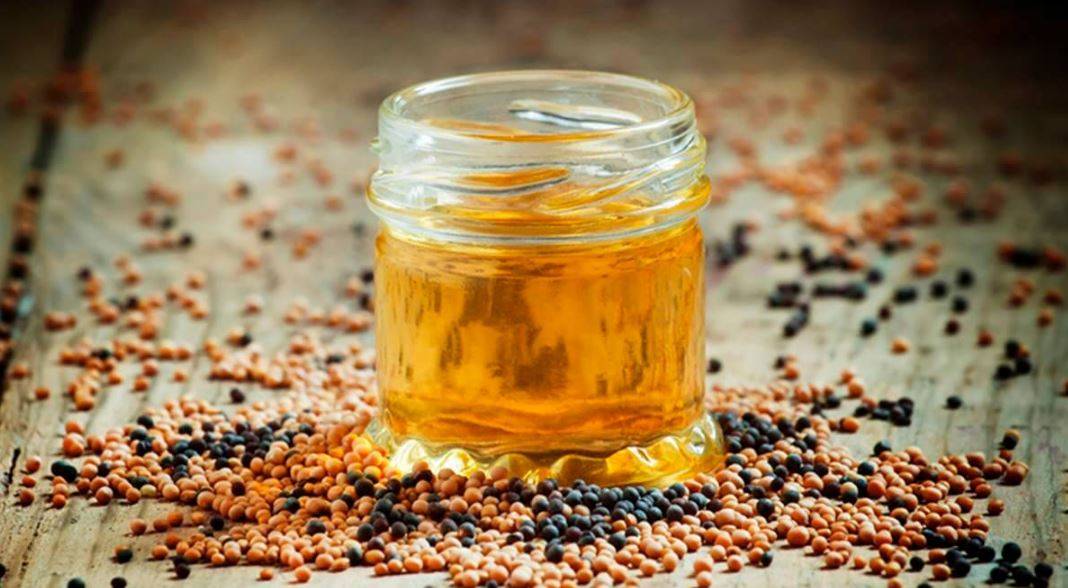
Adulteration in ordinary foods is becoming more frequent, which is a matter of concern- not only from a public awareness standpoint but also from a health standpoint. As a result, the Food Safety and Standards Authority of India (FSSAI) continues to provide helpful hints for detecting such adulteration. Food indulgence deceives the consumer and puts their health at risk.
The goal is to compile a list of typical techniques for food adulterants often detected in India, according to the FSSAI's website.
What are Argemone Seeds?
Argemone seeds are grown alongside mustard seeds. The seeds of the argemone resemble mustard seeds. They mature at the same time as the mustard crop and can be harvested at the same time. However, they are inedible.
What harm does Argemone cause?
These plants can cause instant discomfort and irritation to the lips, mouth, and tongue when chewed. They can cause breathing problems in severe cases by creating swelling in the mouth and throat.
Steps to check Adulteration in Mustard:
Adulterated food is much more harmful than oily and deep-fried food. Realizing the importance of the health of citizens, FSSAI has taken an initiative on Twitter, which is called #DetectingFoodAdulterants
In this awareness series, once a week, they share an easy trick that you can also try to detect whether your food is adulterated or not. Here's a quick test to detect if your mustard seeds are contaminated with argemone seeds.
-
On a glass plate, spread mustard seeds.
-
Examine closely with a magnifying glass for any gritty, rough surface seeds that are black in colour.
Results
-
Mustard seeds have a smooth surface and are yellow on the inside when crushed between fingers.
-
Argemone seeds are black in colour and have a grainy, rough surface. They're also white on the inside.
















